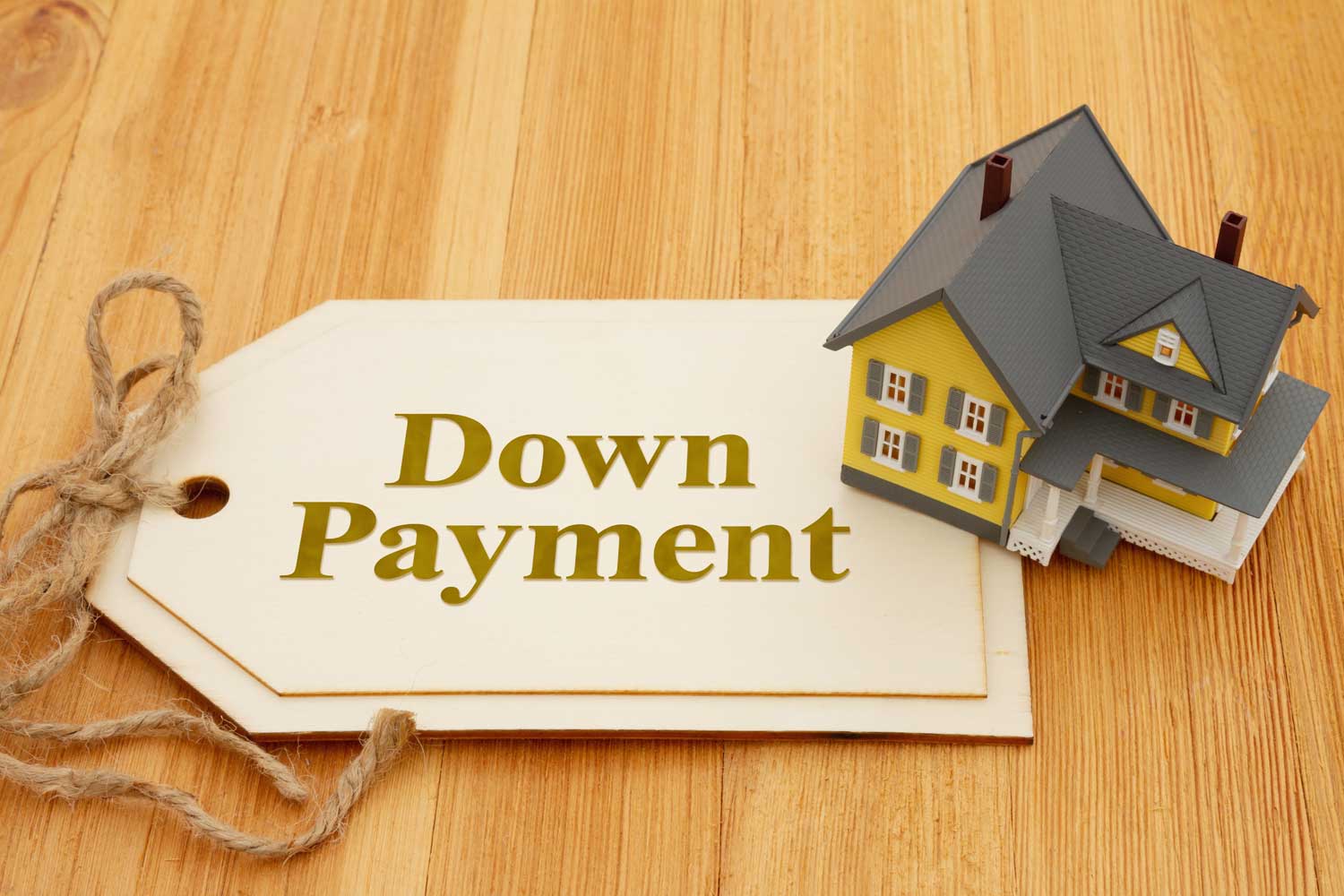Refinancing a mortgage is a strategic financial move that can offer homeowners numerous benefits, from lowering monthly payments to reducing the overall cost of homeownership. In this article, we will delve into the world of mortgage refinancing, exploring what it entails, when it’s a good idea, and how to go about it.
What is Mortgage Refinancing?
Mortgage refinancing is the process of replacing an existing mortgage with a new one, typically on improved terms. This often involves securing a lower interest rate, extending or shortening the loan term, or accessing the equity in your home. It can be a powerful tool to help homeowners achieve various financial goals.
When Should You Consider Refinancing?
- Lower Interest Rates: One of the primary reasons people refinance is to secure a lower interest rate. If market interest rates have dropped significantly since you took out your original mortgage, refinancing can potentially save you thousands of dollars over the life of the loan.
- Shortening the Loan Term: If you want to pay off your mortgage faster and build equity more quickly, refinancing to a shorter loan term, such as moving from a 30-year to a 15-year mortgage, can be a wise choice.
- Lower Monthly Payments: On the flip side, extending your loan term through refinancing can lead to lower monthly payments, which can provide financial relief when your budget is tight.
- Switching from Adjustable to Fixed: If you have an adjustable-rate mortgage (ARM) and are concerned about future rate increases, refinancing to a fixed-rate mortgage can provide stability and protect against rising interest rates.
- Accessing Home Equity: Homeowners can tap into their home’s equity through a cash-out refinance. This extra cash can be used for various purposes, such as home improvements, debt consolidation, or investments.
Getting Rid of PMI: If your loan-to-value ratio has improved (usually due to home value appreciation), you may be able to eliminate private mortgage insurance (PMI) through refinancing.
How to Refinance Your Mortgage
- Evaluate Your Current Situation: Start by assessing your current mortgage terms, interest rate, remaining balance, and any prepayment penalties. Be sure to check your credit score, as it plays a crucial role in determining the interest rate you’ll qualify for.
- Shop for Lenders: Research and compare mortgage lenders to find the best deal. Gather quotes from multiple lenders to ensure you’re getting the most competitive rates and terms.
- Gather Financial Documents: Lenders will require various documents, such as tax returns, pay stubs, and bank statements, to assess your financial stability. Ensure you have these documents ready.
- Apply for the Refinance: Submit your application to the lender of your choice. Be prepared for a credit check and, in some cases, a home appraisal.
- Review and Sign the New Mortgage: Once your application is approved, carefully review the terms of the new mortgage. Make sure you understand all the terms and fees associated with the refinance. Sign the new loan agreement.
- Closing Process: Just like when you first purchased your home, there will be a closing process where you’ll sign various documents. Your old mortgage will be paid off, and your new one will take its place.
- Start Repaying Your New Mortgage: Once the refinance is complete, start making payments on your new mortgage as agreed.
Conclusion
Refinancing a mortgage can be a smart financial move when done strategically. Whether your goal is to save money, reduce your monthly payments, or access your home’s equity, refinancing offers a versatile solution. However, it’s essential to carefully consider your financial situation, shop around for the best rates, and thoroughly understand the terms of your new mortgage before proceeding. When executed wisely, mortgage refinancing can open doors to significant financial opportunities for homeowners.






